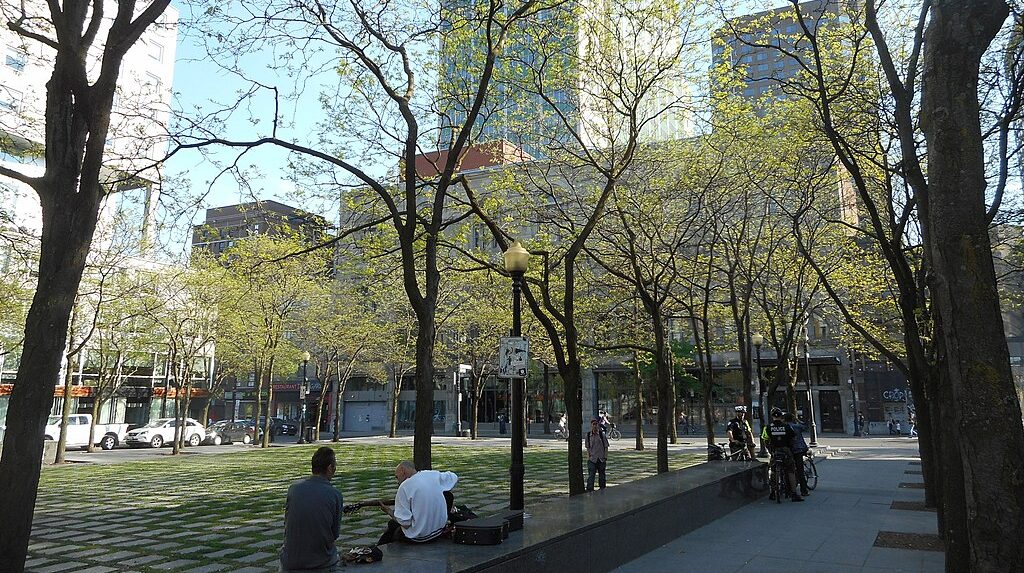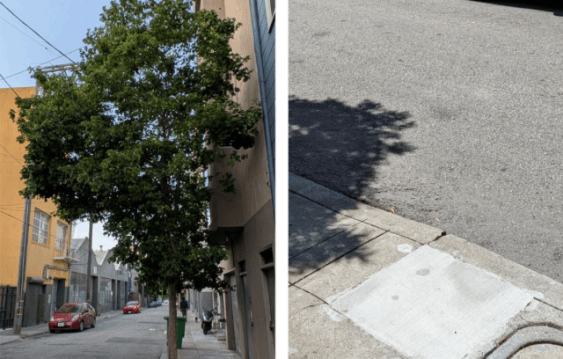Sometimes you just can't stop human beings from acting like animals. And I mean that in the best possible way.
Take, for example, the walking paths of Brasilia, the Brazilian capital city that was planned down to the smallest detail in the 1950s and ’60s -- planned for a populace that would move about exclusively by automobile.

But as you can see from the photo posted by Daniel Nairn of Discovering Urbanism this weekend, the people of Brasilia still move about by foot, leaving their mark in the grassy areas between mega-freeways:
Theserogue pedestrians don't have an easy task. Virtually the only way toaccess this space is to cross at least six lanes of traffic and thencross another six lanes to exit. The width of the open space is 1/4 ofa mile, which is exactly twice the width of the national mall inWashington D.C., and there is no shade or amenities whatsoever. Theystill make the journey.…
Thisis the network of function over geometry. The paths are trodden out ofconvenience, but they also gently meander. Lewis Mumford recognized this universal tendency back in 1961, just as Brasilia was under construction: "Theslow curve is the natural line of the footwalker, as anyone can observeas he looks back at his tracks in the snow across an open field."
Althoughit's hard to prove conclusively, it looks like safety concerns played apart in determining where the highways were crossed. Several paths seemto converge at points where on-ramps and off-ramps are separated fromthe main flow of traffic. Crossing at these points allows thepedestrian to have breaks of median before having to make the nextstep. It looks as if some people have been willing to sacrifice acertain degree of time in order to cross a little more safely at one ofthese points.
Interestingly, these points of convergence areanalogous to the forces that led to the origins of medieval Paris.
For more about the what French philosopher Gaston Bachelard called "chemins du désir," or "pathways of desire," see the excellent post on Detroit's emerging web of walking paths on Sweet Juniper! It's one of the best blogs being written today from the urban frontier.
More from the network: Reports of assaults by drivers on cyclists from Tulsa Alternative Transportation Examiner and Transit Miami. Also, Human Transit on the breaking of London's Circle Line, and Hub and Spokes on Mexico City's BRT plans.





